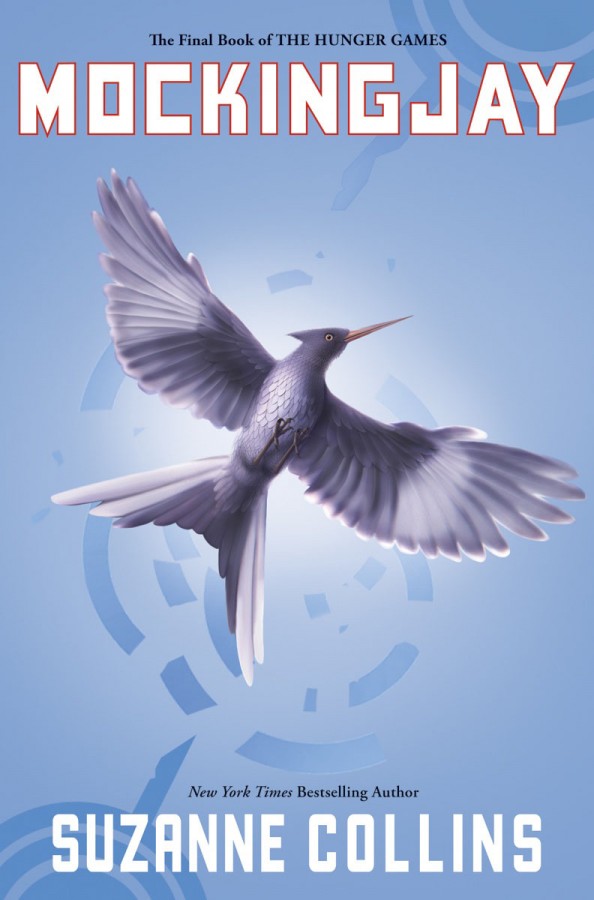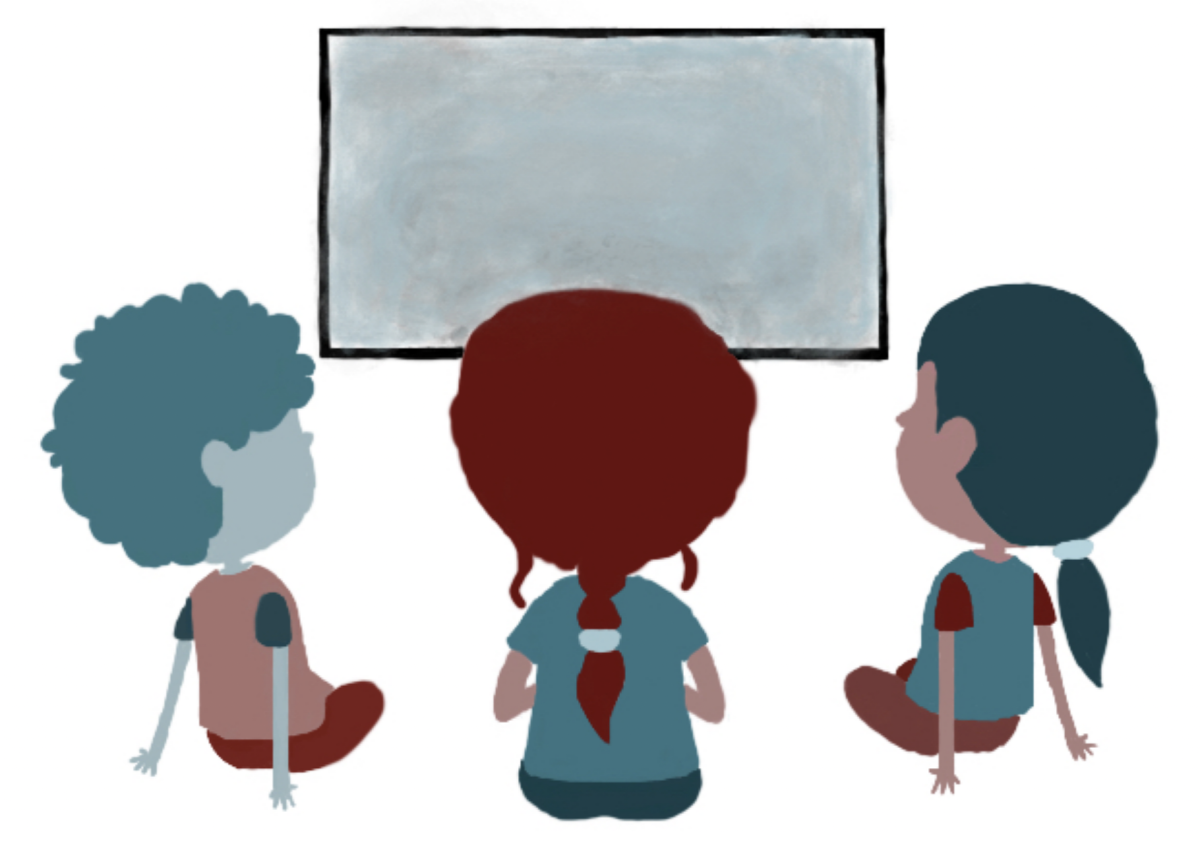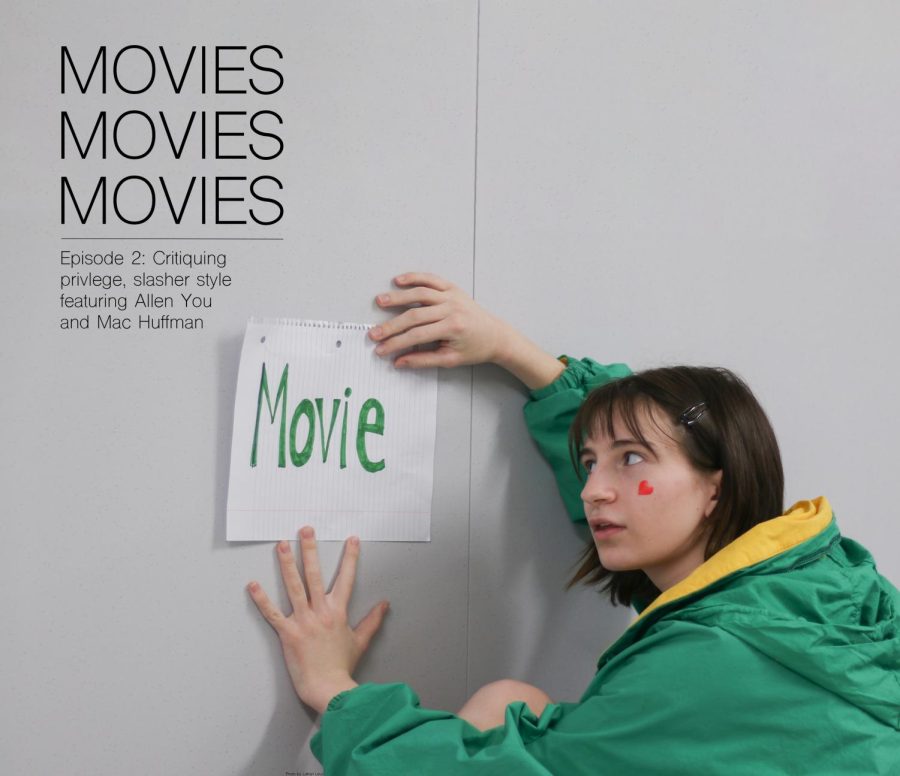“The Hunger Games: Mockingjay – Part 1” involved enough emotion to overcome its pervasive dreariness. Released November 21, the film adaptation is one half to a famous young-adult series’ final novel, which barely avoids stretching the source material. “Mockingjay” is not fun, but the cast’s dramatics and the perilous plot can make fans chew their popcorn bags into pulp.
Katniss Everdeen (Jennifer Lawrence) suffers nightmares after losing her lover Peeta (Josh Hutcherson), and her hometown, District 12, to the Capitol. District 13’s leaders push Katniss to serve as the rebellion’s symbol, or “mockingjay,” to liberate their country, Panem. When the Capitol uses Peeta as a mouthpiece, Katniss must overcome her heartbroken state before it incapacitates her.
Lawrence does well portraying a victim as an assertive heroine. She spends the first half-hour wallowing in bed and corners, but Katniss’ efforts to defend her family are admirable. Some of her outbursts were almost unintentionally amusing, but she displayed Katniss’ agony effectively.
In a pinnacle speech after a truly massive loss, Lawrence tells the Capitol, “if we burn, you burn with us.” This statement resonated with one Ferguson protester spray painting it on a St. Louis structure. This real-world connection shines light on how the movie affects reality.
Meanwhile, the love triangle fell flat. Gale (Liam Hemsworth) rekindles interest in Katniss in the light of a traitorous Peeta, but Gale’s and Katniss’ few scenes together lack passion. Lawrence might be too fiery at times, but Hemsworth proves mostly wooden, lacking romantic sparks.
Hutcherson and Lawrence, as the undoubtedly better couple, provides some of the best tension of “Mockingjay.” As Peeta is broadcasted supporting the obviously corrupt Capitol, and accusing Katniss of not knowing her action’s consequences, Katniss’s shocked expressions rang through. What results is an attempt for Katniss to send the truth to Peeta, which culminated in one of the movie’s most hair-raising scenes. It involves gushing water, lots of shaky camera work, and a race against the clock where failure could easily divert from the novel.
No scene made me laugh, but Effie (Elizabeth Banks) enjoys a welcoming expansion from her literary counterpart. Her fashioned jumpsuits into flamboyant outfits, uplifts District 13’s grayness. Katniss’ cat almost proved humorous, but it highlights her slipping sanity instead.
District 13 also suffered from a lessened focus. Its restrictive nature isn’t confronted head-on like in the book, but President Coin’s (Julianne Moore) adamant speeches and behind-the-scenes manipulation makes the Rebellion’s morality more unsure and interesting.
“Mockingjay” held a consistent aesthetics through its black and bleak white colors.Overcast skies dominate daytime scenes, and both the Capitol and District 13 appear militaristic and sterile. It hardly excites, but it gets the film’s tone across.
One of the best scenes marks the middle. In it, Lawrence sings “The Hanging Tree,” a fictional folk song that dominated iTunes charts. It backdrops a scene where common people bomb a dam powering the Capitol, with proved a riveting moment. One theme implied throughout the movie were the lives lost for the sake of the rebellion, and the image of plain clothed citizens relaying a crate despite their companion’s deaths made me think about what the Rebellion has to lose.
Lawrence ultimately played an arbitrary role in the finale, but the life-threatening events leave her sitting in an empty canteen, with her facing what she might lose. This reflection provides more of a climax than the actual action sequence did.
“Mockingjay” serves as a transitional movie, but it’s worthwhile. Don’t expect to walk away feeling pumped, as the end credits song, Lorde’s “Yellow Flicker Beat,” emphasizes the movie’s downbeat nature. Instead, be open to become tense at Katniss’s overarching plight, and anticipate how Part 2 will conclude this blockbuster.









